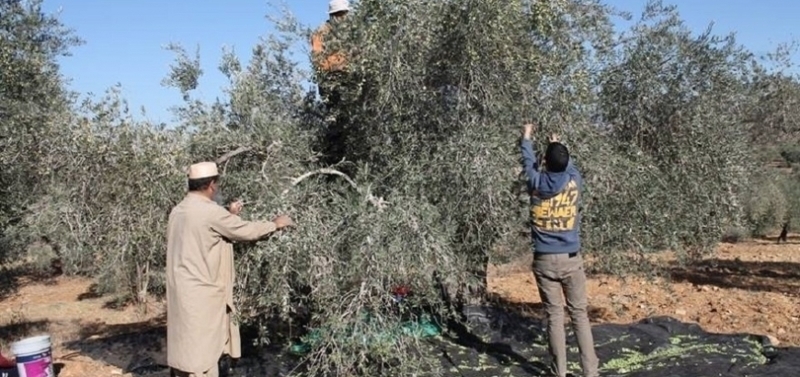Olive cultivation in the southern province of Daraa has witnessed major developments over the last two decades. According to agronomist Abu Omar, cultivatable areas have expanded and methods to care for them have evolved, leading to a significant increase in production quantities and quality, as the country has seen a surplus for domestic consumption of both olive oil and olives.
“With the outbreak of the Syrian revolution, many provinces, including Daraa, were converted into battlefields, and Assad's regime burnt a number of olive fields deliberately under the pretext of hiding rebels. Olive production declined in general, but the production this season seems encouraging," added Abu Omar.
Agricultural engineer Ahmed al-Abed – who was dismissed for sympathizing with the revolution – said olive trees account for the highest number of fruit trees in Daraa province, noting that the crops occupy an area of up to 30,000 hectares, with an estimated 6.5 million trees.
The olive harvest, which begins in October, has become a joyful season, whe hundreds of families in the province head to the fields and orchards to pick olives in a warm atmosphere that reflects the bond between farmer and land.
"The price per kilogram of olives has increased several fold in comparison with previous years," mill owner Azzam Al-Saeed said.
But in spite of rising prices, the cultivation of olive trees in Daraa remains one of the most successful economic crops, for both owners and the general community, as seasonal surplus is used in fuel and heating processes, most notably in firewood ovens, which have seen a return since the outset of the Syrian war.
This article was translated and edited by The Syrian Observer


